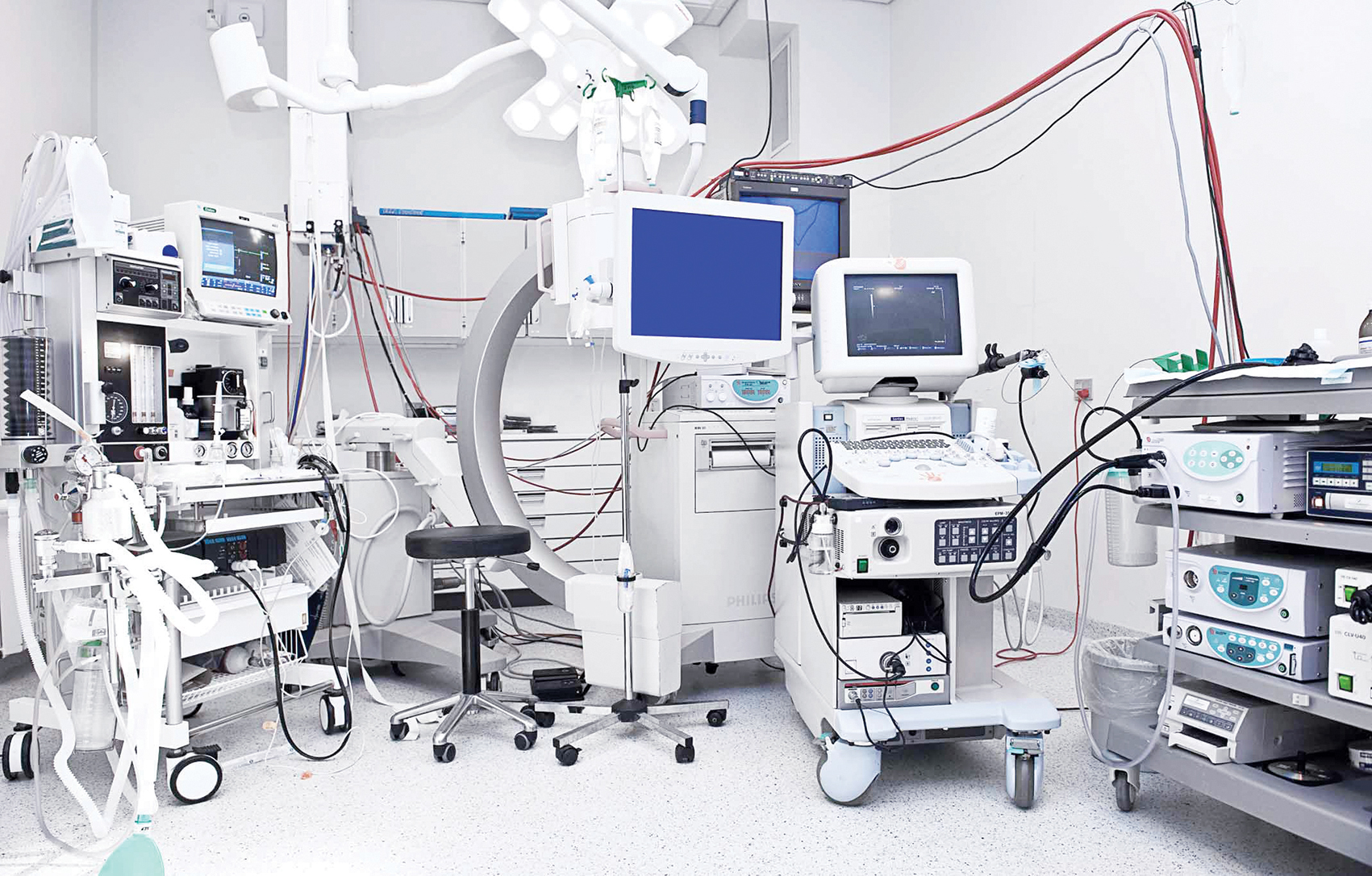The Health Ministry issued a directive to state hospitals over a decade ago obligating them to purchase domestic medical equipment, leading to a decrease in imports as a result, the head of Iran’s Food and Drug Administration said.
Rasoul Dinarvand also put medical device imports in the last Iranian year (ended March 20) at $800 million, Mehr News Agency reported.
Whether the decline in imports is beneficial for the country in the long run or not is something worthy of contemplation and discussion.
Financial Tribune discussed the ongoing issues concerning Iran’s medical device sector with Amir Zandi, managing director of Farateb Jarrah Company, an importer of medical equipment.
The company has been active in the import and distribution of medical products for over 10 years. It has now grown to be a major player in supplying medical consumer products to health institutions and hospitals throughout the country.
Zandi spoke of his intentions to change the company’s direction toward becoming a producer of medical equipment in a year or so. Nonetheless, he is opposed to the complete ban on medical device imports as he believes such a move could have grave consequences inside the country.
“As imports drop, domestic producers will face no competition from their foreign counterparts; they will feel safe and secure, making profit precede quality,” he said.
On the other hand, imports bring new technology into the country, prompting domestic producers to work harder to offer high quality products.
Referring to the deficiencies of domestically-produced medical equipment, Zandi said Iranian products are not up to international standards, stressing that government supervision is inadequate, which adds to the problem.
Nevertheless, imported products are cheaper than domestic counterparts.
Zandi emphasized the government’s role in boosting the medical equipment sector and said the government should encourage producers by giving them long-term, low-interest loans.
“Unfortunately, domestic producers do not enjoy the government’s financial support,” he said.
Like any other industry, there is also a bright side to Iran’s medical equipment sector, as it follows a growing trend.
He considers the existing ban on the import of poor quality Chinese medical products as a constructive measure to prevent the entry and use of subpar products in the country, which could pose serious health risks.
Zandi praised the Health Reform Plan implemented by the government of President Hassan Rouhani, which activated Iran’s medical device market.
However, he stressed that the quality of domestic products needs supervision and improvement.
The Health Reform Plan was introduced to fulfill President Rouhani’s election campaign promise of healthcare for all Iranians by 2018 under a nationwide health insurance program.
Zandi said Iran’s medical device exports are currently low.
“If the quality of Iranian medical products improves, Iran can do well in international markets,” he concluded.
According to the Trade Promotion Organization of Iran, 590 medical equipment production units are operating in the country with a combined annual turnover of $2 billion.
Close to $29 million worth of medical equipment were exported in the fiscal 2015-16, mainly to Syria, Iraq, Germany, Belarus and the UAE.
Business Monitor International research group’s 2015 report on Iran’s medical device sector predicted that Iran’s medical device market would reach $1.28 billion in 2018.
According to BMI, the industry generated $832.5 million in 2013 and its revenues are expected to grow at a moderate compound annual growth rate of 9.1% to 2018.
The market size was estimated using a trade-based approach, looking at imports, and then adding in domestic production, minus any exports.



